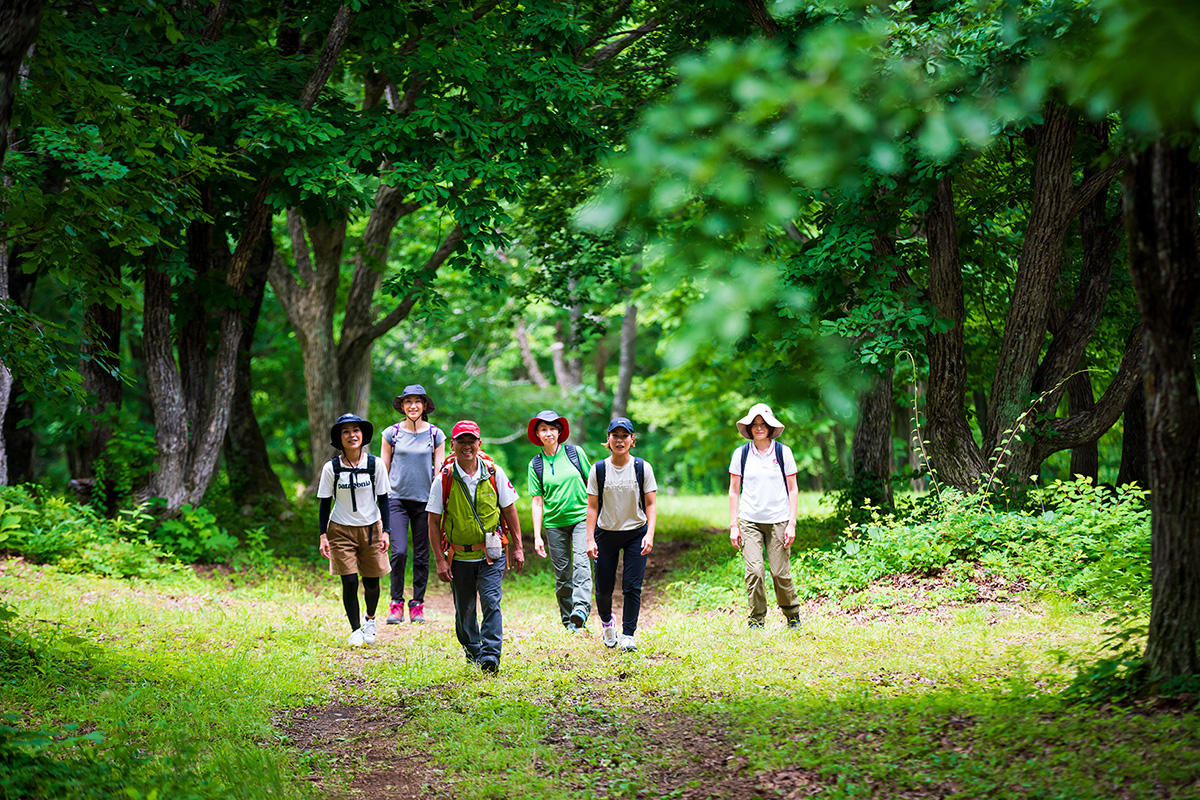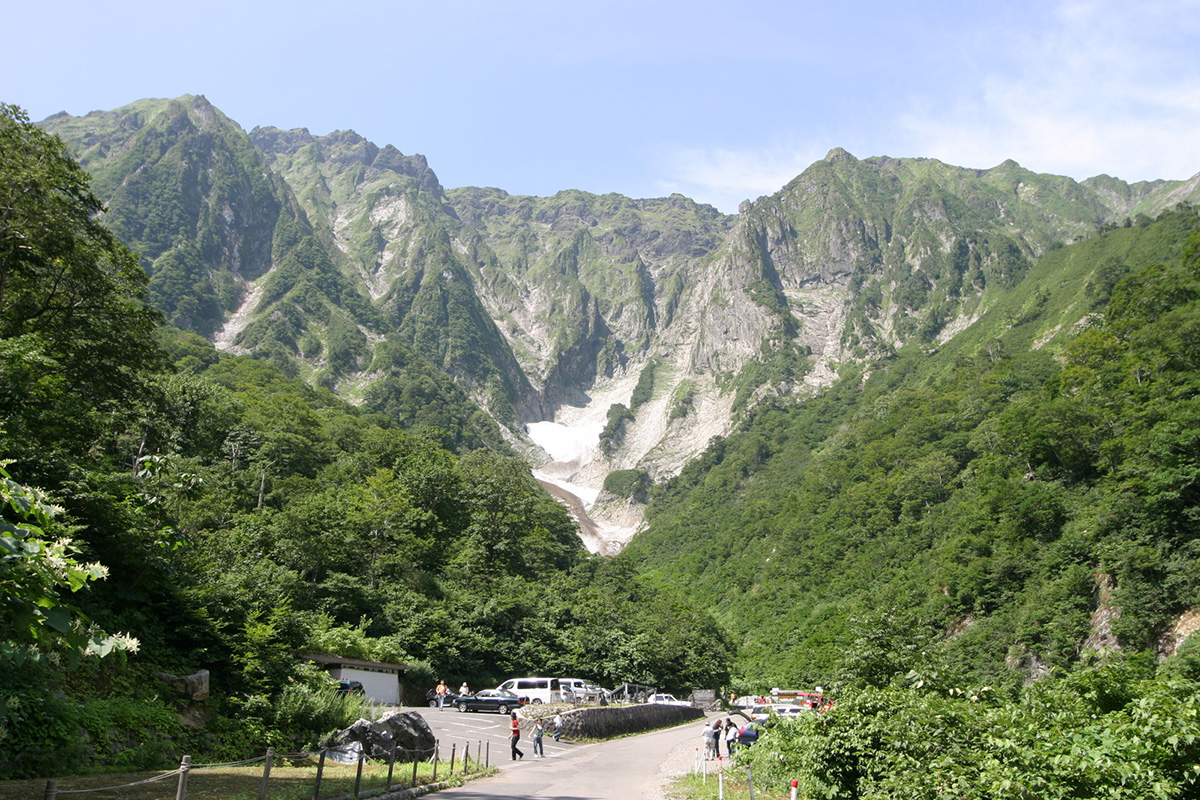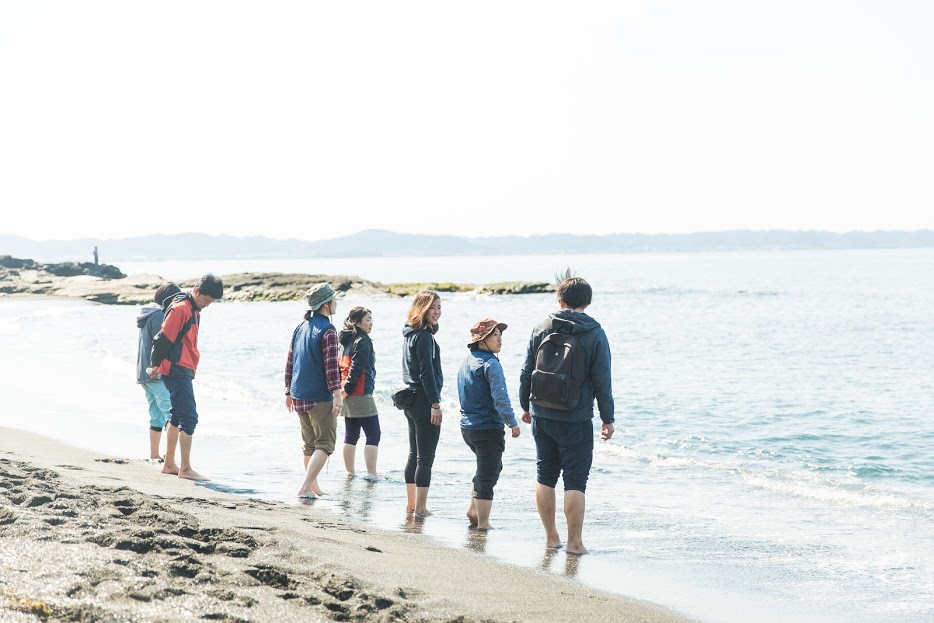JOMC Newsletter
Japan Expands its Health Tourism Offerings
For many people, travel is a way to explore new countries and regions and expand their horizons. For others, it offers a chance to relax and refresh away from the stresses of daily life. But for an increasing number of travelers, it is becoming a healthcare activity.
One aspect of this "health tourism" is already well established - people traveling to other countries in order to undergo medical treatment that may be less accessible or affordable in their home country. Recuperation in scenic or tranquil surroundings often blends the treatment with a vacation.
Another aspect is what could be described as "preventive care," aimed more loosely at improving people's general health and sense of wellbeing. The COVID-19 pandemic has reordered the priorities of many and brought renewed focus on this, and on vacation travel as a means of achieving it.
Japan is now actively promoting itself as a future destination for those interested in this kind of health tourism, encouraging the country's resorts to offer "wellness" facilities to attract tourists. These include spas, yoga and meditation classes, and fitness programs. They also incorporate locally sourced healthy food options, recreational activities such as hiking, and opportunities for social interaction.
And of course, Japan's volcanic geology has blessed it with a plethora of hot springs, which have long provided the Japanese with a means to cleanse their bodies and refresh their souls. Visitors from overseas are increasingly venturing beyond Japan's cities and major tourist attractions to sample the attractions of rural and oceanside onsen resorts.
These initiatives are coinciding with a greater focus by companies and organizations on their employees' welfare and wellbeing, with many of them offering company-sponsored wellness breaks.
Some resorts are offering treatments and programs aimed at alleviating or curing specific illnesses and ailments, such as high blood pressure or respiratory problems.
Here are three examples of programs offered by local authorities.
'Kurort' Health Walking in Kaminoyama, Yamagata Prefecture

Many spa towns and resorts in southern Germany offer retreats and healthcare package stays, the cost of which is often subsidized or covered by health insurance. These resorts are referred to as kurort, meaning "a place that cures", and they are the inspiration behind this outdoor walking program offered to visitors by the city of Kaminoyama in the northern Honshu prefecture of Yamagata.
Aimed at the middle-aged and elderly, the program is based on therapy performed in Germany for the treatment of hypertension and to assist recovery from angina and other heart conditions. The walking activities aim to improve participants' metabolism as well as provide physical exercise. An English-speaking guide accompanies them on a "sky blue" program in the morning and a "dark blue" program in the afternoon.
During a 15-minute warm-up phase, the members of each group are shown the correct posture to adopt when walking or hiking and taken through simple warm-up exercises. The actual walk, through terrain at modest altitudes, lasts around two hours. The cooler air at those heights ensures that the walkers' body heat dissipates and their temperatures remain low, an approach incorporated into what is known as "climatic terrain therapy."
The walk is conducted at a speed to suit the group members' ages and physical conditions. Participants are encouraged to take in and reflect on the surrounding nature along the way. The program concludes with a short stretching session. The overall objective, say the organizers, is for participants to become more familiar with the process of gentle exercise and to experience the joy and comfort of becoming more physically active.
Hiking in Minakami, Gunma Prefecture

The local authorities in Minakami, home to several large ski resorts, have come up with a range of activities for the warmer months of the year aimed at allowing stressed-out city dwellers to understand their current body's condition and to recharge their batteries in and amongst the area's rich nature. At the time of writing, only Japanese-speaking guides are available for these programs.
An eight-kilometer hike allows participants to take in magnificent views of Mt. Tanigawa and Ichino Kurasawa, part of one of Japan's most striking geological formations. It takes about three hours, including rest stops, to traverse the gently sloping course through the forest. Rather than just point out features of the local landscape, the guides encourage walkers to use their five senses to appreciate the sensation of walking on the soft earth, the sound of the wind, the changes in air temperature, the coldness of the water and the scent of the trees. They also highlight the sounds of birds and invite participants to guess their species.
The guides also point out the connection between Minakami and the nation's capital, highlighting that much of the drinking water supplied to Tokyo's 30 million residents is sourced from the area. The overall aim, say the tour organizers, is to stimulate participants and sharpen their senses in such a way that they will pay more attention to, and appreciate, their local surroundings when they return home.
Making use of the region's rivers and lakes, other activities on offer include rafting, paddle boarding and canoeing. Many of these and the other programs aimed at visitors are supported and manned by local residents, giving those from the city and from overseas a chance to socialize with countryside dwellers.
Forest Therapy in Minami Boso, Chiba Prefecture

The city of Minami Boso in Tokyo's neighboring prefecture of Chiba has developed a program which combines what it calls "forest therapy" with "thalassotherapy." The latter involves the use of seawater, spa therapy and the salty ocean climate to improve overall health and wellbeing. Participants walk along a relatively flat 3 km course, which includes a stroll along the beach and a trek through a forest.
The program begins with a 20-minute orientation and warming-up session, during which a quick health check is performed on all participants, providing them with a brief overview of their current body condition and athletic ability. An English-speaking guide is available.
The tour then heads to a beach on nearby Cape Taibusa, which guards the approach to Tokyo Bay and offers sweeping views of the Kanagawa and Shizuoka coastlines on the opposite side of the bay. On clear days, Mount Fuji is also visible in the distance. There are frequent pauses to allow everyone to soak up the sea breeze and take in the sights and sounds of their surroundings. The guide explains the health properties of the sea air and the beneficial effects of contrast therapy, a method whereby heat and cold are alternately applied to the skin.
The tour then heads inland, where participants enter a forest and tour the ruins of an ancient fortress. A "nature game" is played, aimed at stimulating their five senses and greater awareness of their new surroundings. Hammocks are provided in a secluded spot where everyone can take a break and close their eyes, enjoying the heightened sounds of the rustling trees and the forest wildlife.
After some stretching and sharing of reflections on their experience, participants are served with local sweets before a gentle trek back to the start point.
With its varied landscapes and rich natural scenery, Japan has the tourism resources to address the growing health consciousness of travelers from around the world. Now with increased government focus and support, more and more regions of the country are gearing up to offer programs that allow overseas visitors to combine a visit to this fascinating country with innovative wellness experiences that will help them refresh and reinvigorate themselves.
